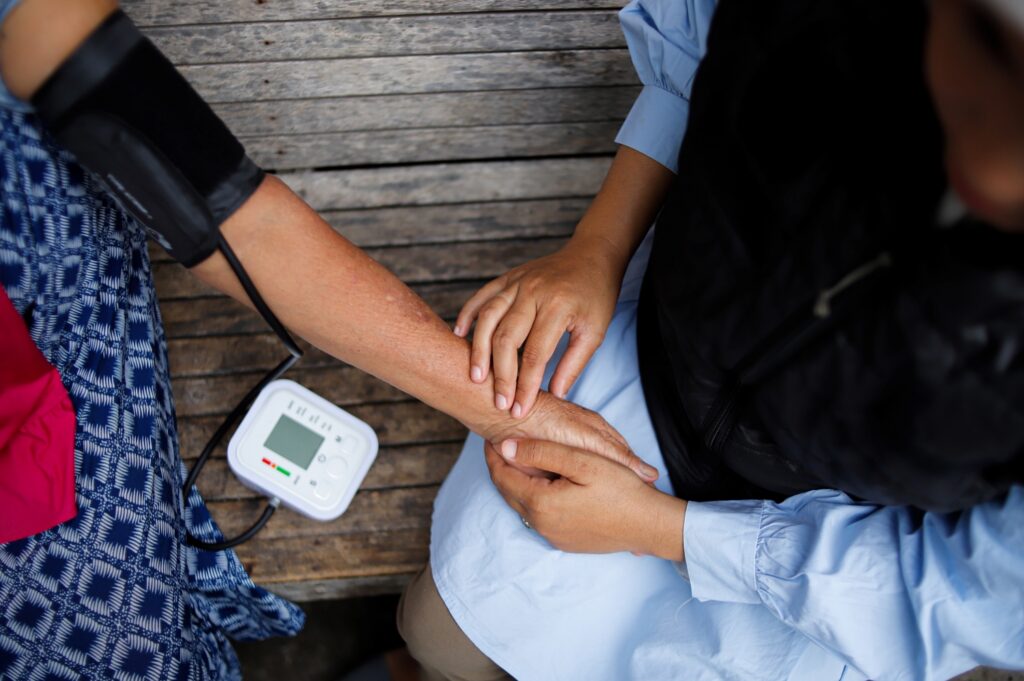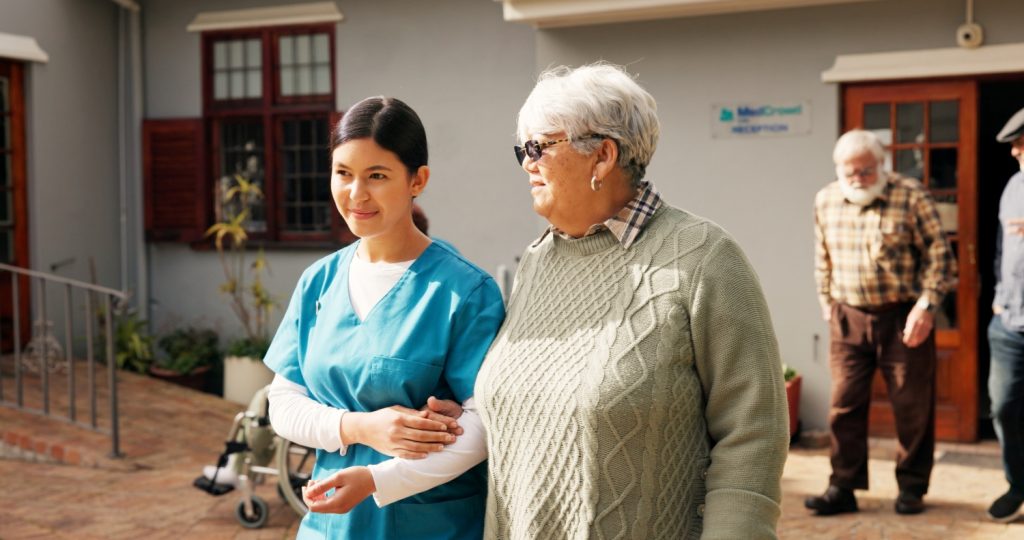June is Wound Healing Awareness Month, a timely reminder of the critical role healing plays in recovery from surgery—especially for older adults undergoing joint replacement. Each year in the United States, more than 790,000 total knee replacements and 450,000 hip replacements are performed, with a significant portion of these surgeries involving individuals ages 65 and older.
While joint replacement can dramatically improve mobility and relieve pain caused by severe osteoarthritis, it’s not without risks. Compared to younger patients, older adults are more likely to experience complications such as infections, longer hospital stays, and the need for post-operative care in skilled nursing facilities. One often overlooked but essential factor in improving outcomes—nutrition.
Why Nutrition Matters Before and After Joint Replacement
Malnutrition is surprisingly common among patients undergoing total joint arthroplasty (TJA), with studies estimating that 8.5% to 50% of patients may be malnourished before surgery. This is concerning because poor nutritional status is linked to:
- Increased risk of surgical site infections (SSIs)
- Higher rates of reoperation
- Longer recovery times
- Greater risk of mortality
Despite these risks, many patients are unaware of how to achieve optimal nutrition before surgery. This gap in knowledge highlights the need for better education and preoperative planning.
The Role of Nutrition in Wound Healing
Surgery and subsequent wound healing are complex and stressful processes on the body. They trigger inflammation, tissue breakdown, and a heightened need for nutrients, such as protein and certain vitamins and minerals, to support healing. Proper nutrition helps:
- Strengthen the immune system to reduce the risk of infection
- Promote tissue repair and wound healing
- Preserve muscle mass during periods of reduced mobility
- Support bone health, especially important in joint surgeries
Without proper nutrition, healing can be delayed, which can increase the risk of complications.
Pre- and Post-Surgical Nutrition Tips
| Before Surgery |
|---|
| Consult a Registered Dietitian Nutritionist (RDN): An RDN can assess nutritional status and recommend a tailored plan. Find a dietitian here. |
| Increase Protein Intake: Protein is essential for tissue, muscle repair, and immune function.
The American Society for Enhanced Recovery recommends up to 1.2 g. protein/kg. body weight per day. Consider eating foods like chicken, turkey, seafood, nuts, seeds and legumes. |
| Address Any Nutrient Deficiencies: Ensure adequate intake of vitamins A, C, D, and minerals like zinc and iron, which are essential for immune function and healing.
Suggest consuming a variety of colorful fruits, vegetables and whole grains. |
| Hydrate: Ensure adequate hydration to support circulation and organ function. The Institute of Medicine recommends about 90 oz. per day for women and about 125 oz. per day for men. Aim for water or other low sugar options. |
| Avoid Alcohol and Smoking: These can impair healing and increase surgical risks. |
| Consider Oral Nutritional Supplements (ONS): ONS are typically high calorie, nutrient dense drinks that provide balanced nutrition to those who may have difficulty eating enough because of appetite loss or dietary restrictions. |
| After Surgery |
|---|
| Energy: Eating enough calories is essential, as the body needs energy to rebuild tissues.
The Dietary Guidelines recommend 1,600 to 2,000 calories per day for women and 2,000 to 2,600 calories per day for men. |
| Continue Adequate Protein Intake: Protein is critical to support muscle repair, wound healing, and maintaining muscle mass. |
| Fiber and Fluids: Help prevent constipation, a common side effect of pain medication and inactivity. |
| Monitor Healing: Individuals should be vigilant for signs of infection and promptly consult their healthcare provider. |
| Follow ERAS Guidelines: Enhanced Recovery After Surgery (ERAS) protocols emphasize early nutrition and mobilization to speed recovery. |
A Call for Interprofessional Collaboration
Joint replacement recovery doesn’t end when patients leave the hospital. Unfortunately, many older adults don’t have access to RDNs or nutritional support once they return home. That’s why it’s crucial for healthcare providers—including surgeons, physical therapists, and RDNs—to work together to ensure patients receive the guidance they need.
Conclusion
Joint replacement surgery can be life-changing, especially for older adults struggling with pain and limited mobility. However, to fully harness the benefits of these procedures, patients must be equipped with the knowledge and resources to support their recovery—starting with good nutrition. As we observe Wound Healing Awareness Month, let’s raise awareness about the vital connection between nutrition and surgical success. Whether an individual is preparing for surgery or supporting a loved one through recovery, remember: healing starts from the inside out.
Jillian Hyttenhove, MA, RD, CSOWM, LD, CHES, is the Medical Affairs and External Engagement liaison at Abbott Nutrition, a division of Abbott.
Photo credit: eggeegg













